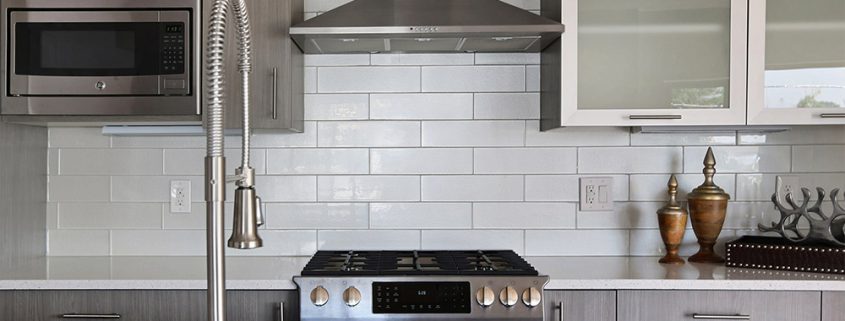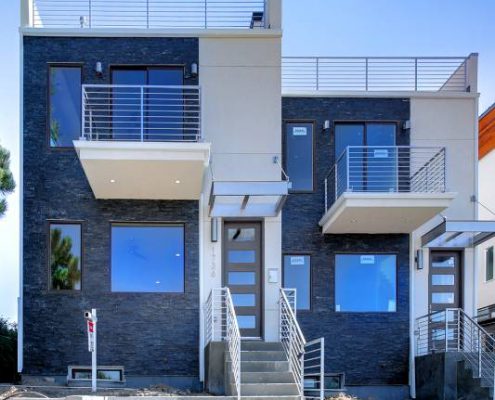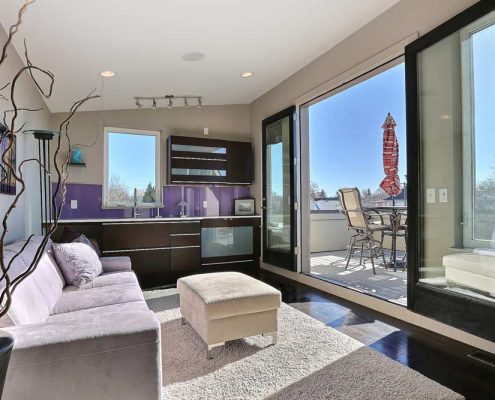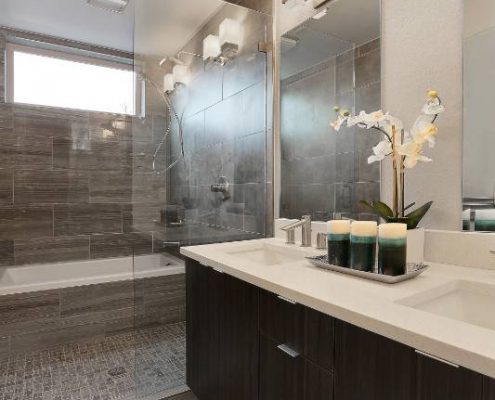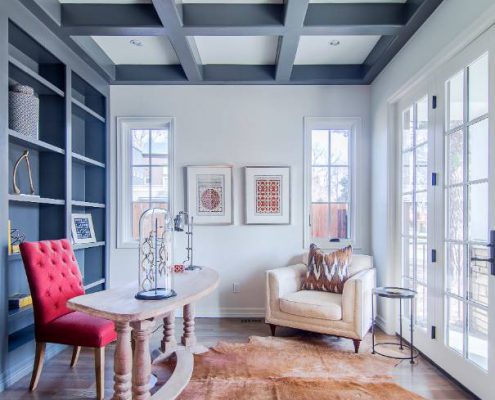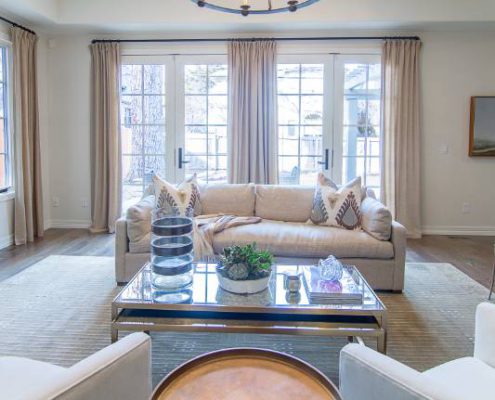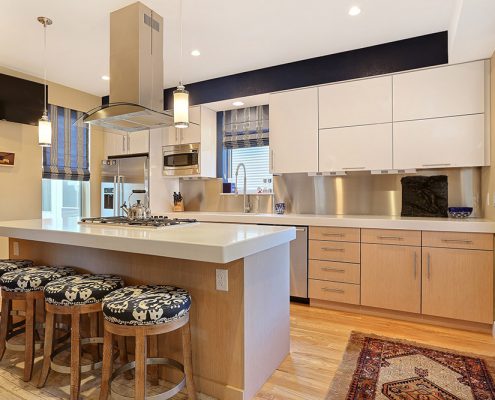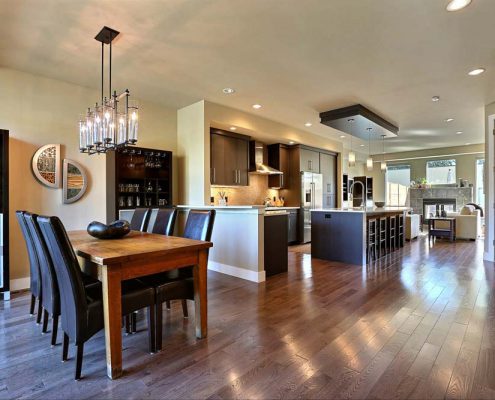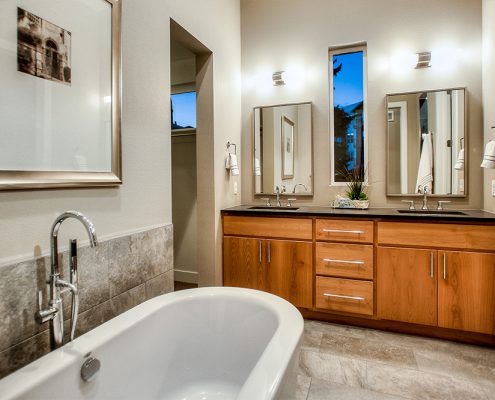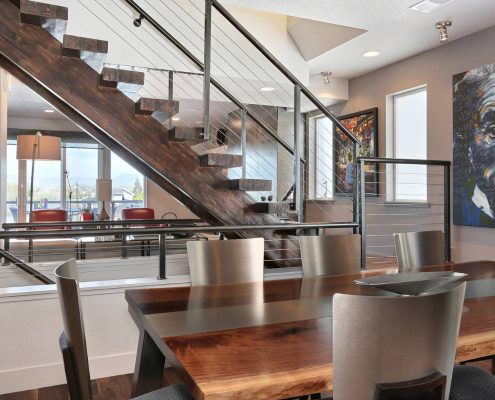What Is Interior Design?
Interior design encompasses how we experience spaces – in the home, workspace, and in public. Designing a space is not only a creative process but it requires a technical knowledge base in developing function and following health and safety regulations. Good design should elevate an individual’s mood and help orient them at the same time. Interior design can be described as art or process of designing the interior, often including the exterior, of a room or building.
Interior design can be divided into two primary categories: residential interior design and commercial interior design. Residential interior design typically involves only the home owner or the home builder as the end client. Commercial interior design involves not only the business owners, but their employees, business partners, customers, investors, or anyone else who may enter the space. In public buildings, an interior designer must consider the use of the space by constituents.
Several factors come into play when formulating a design. Variables a designer must consider include the amount of square footage the space has and its limitations; how the space will be used – leisure, healing, worship, work, learning, entertainment; what the space will represent – power, authority, comfort, wisdom, achievement. The designer must also consider the practical uses of the space such as ease of access, flow of traffic and activities, amount of light, acoustics, seating, and storage. Within these considerations, a designer must be knowledgeable of the health and safety standards for the type of building they are working with. Not following coding regulations from the beginning could result in costly mistakes and do-overs throughout the project.
The Beginnings of Interior Design
Interior design became popular as a profession in the beginning of the 20th century, but it’s rooted as far back as human history itself. Caveman painted the walls of their dwellings, and the ancient Egyptians built structures that functioned around the needs of their daily lives. Romans and Greeks standardized building rules for design, paving the way for metrics and building methodologies for centuries to come. Europe produced indulgent architecture and furnishings, and the 18th and 19th centuries blossomed from Baroque to Art Deco and Art Nouveau. During this time, travel became accessible. The wealthy decorated their private spaces with accoutrements from their worldly expeditions, and the common man replicated design trends as fashion magazines and prints emerged. The 20th and 21st centuries indulged in interior design as an expression of personal interest. Interior designers became well-known for their craft and new design styles flooded the expanding media outlets.
Today, interior design remains an eclectic integration of historic elements and modern innovation. It is as fast-paced and ever-changing as fashion design. When looking to hire a professional, retain an interior designer who is versed in the history of design as well as the latest trends.
Hiring a Professional Interior Designer
Twenty states in the US recognize interior design as a profession that effects the health and welfare of the general public. Therefore, in these states, the profession is regulated and interior designers are required to complete a certain number of training hours in a state-approved interior design education program. They are also required to pass a standardized test that proves they know fire codes; national, state, and local building codes; are familiar with design standards under the American Disabilities Act (ADA); and, understand lighting quality and sound transmission of interior finishes to the benefit of health and welfare of the public.
When hiring an interior designer in Colorado, check that they are an educated and experienced designer to ensure that you work with a knowledgeable professional. Not doing so could result in expensive errors and delays.

